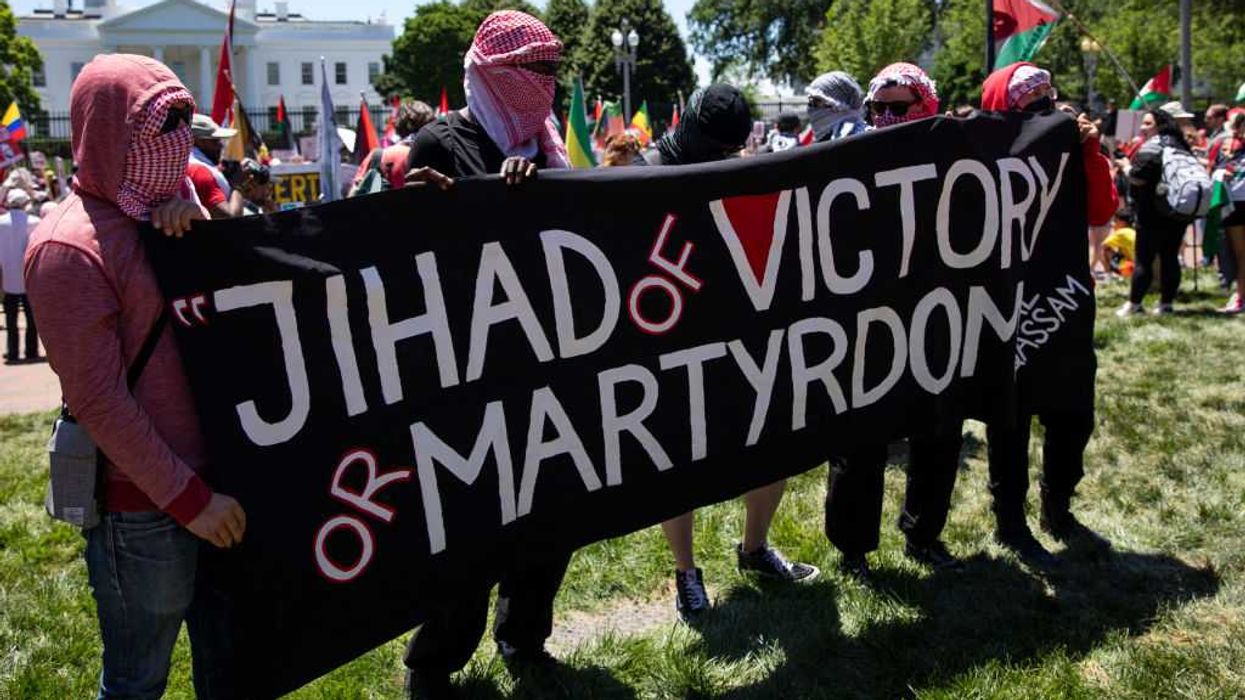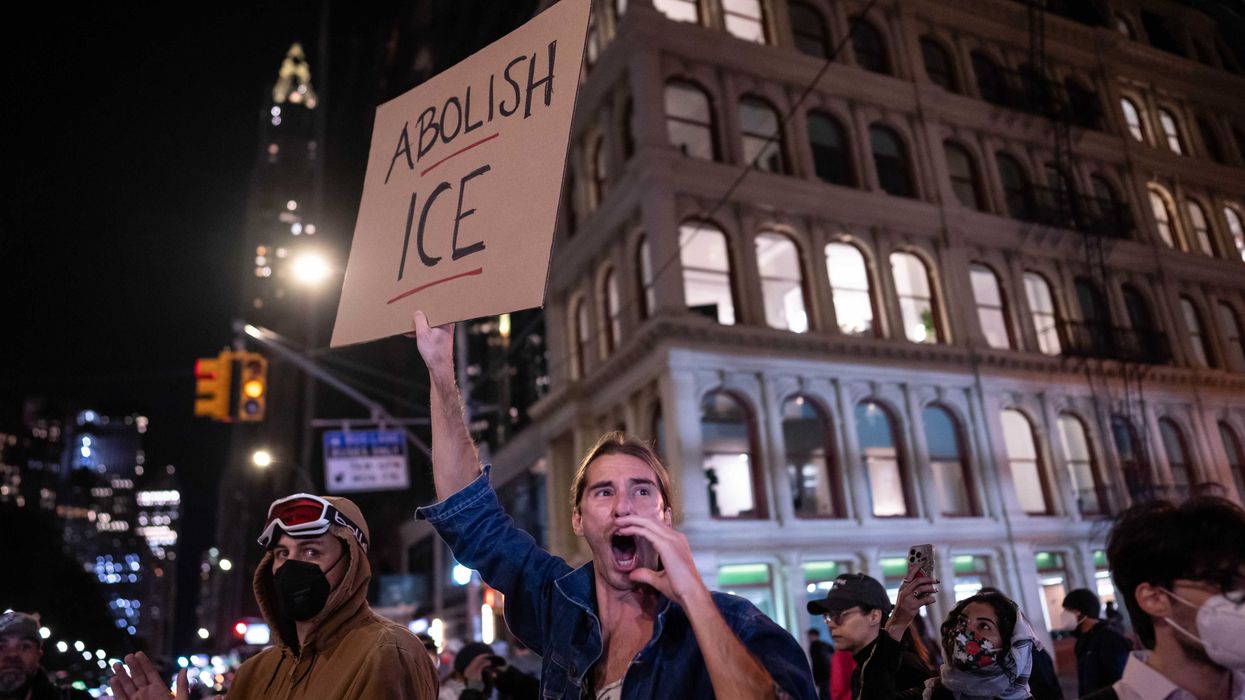Alexandria Ocasio-Cortez made news last week when she unveiled a sweatshirt for $58 with the message of "Tax the rich." From a political marketing point of view, this message is brilliant. It is simple, vague, easy to remember, sounds catchy, and easy to repeat on Twitter so it can become a trending hashtag.
From a principled and informed point of view, it is a message that is misleading at best and downright dishonest at its worst.
Why?
Because our friends on the left, who promote this message, never fully reveal their plans of precisely what taxing the rich looks like. They will share a few policies, but you must trust them with the economy's keys to get the final destination of what they believe is fair. Today, I want to show you what taxing the rich looks like in reality, and you can decide for yourself how reasonable it is.
Definition of "Rich"
When you hear "tax the rich," the first question everyone should ask is: "What is the definition of rich?" You should expect an accurate and detailed answer. If you ever engage with people on social media, you have likely gotten vague replies like:
- It's clear who is rich
- Top 1%
- Fat cats
- Bankers
- Millionaires & billionaires, etc.
The kind and compassionate people who support taxing the rich are always quick to promote taking other people's hard-earned money, yet equally quick to complain when their income is taxed more.
Socialism and big government policies eventually come for everyone...
Socialism and big government policies eventually come for everyone because there is always someone less fortunate than you. The only question is how long it will take before the crowd turns on you and demands you pay your fair share. Let me answer this for you.
I will share with you the taxation policies of a country for which many Americans have positive feelings: Ireland. Ireland is a socialist nation, and its government is very proud of its progressive taxation policies. As I go thru each level of taxation, ask yourself what would happen if America adopted these policies tomorrow.
Note: The figures quoted below are in Euros. Currently, the exchange rate is approximately €1 to $1.20.
Wages
The simplest place to start is with your wages. We have three taxes on our direct income:
- PAYE – Pay As You Earn
- PRSI – Pay Related Social Insurance
- USC – Universal Social Charge
The rate of PAYE is 20% on the first €35,300 of income. Every additional penny above is taxed at 40%*.
PRSI is 4% of income. However, if you annually earn under €18,304, you can apply for a yearly credit of up to €624.
The rates of USC are based purely on income:
- Up to €12,012 — 0.5%
- €12,012 to €20,484 — 2%
- €20,484 to €70,044 — 4.5%
- €70,044 and above — 8%
*Taxation in Ireland is a complicated matter because of individual/couple tax allowances and credits, which can vary from person to person, depending on their circumstances. You will always pay a lower rate of PAYE with these deductions.
Sales Tax
Ireland has a national sales tax, which is called Value Added Tax (VAT). The standard rate of VAT in Ireland is 21%. This rate is charged on the majority of items people purchase – including your grocery shopping, accessories around your household like televisions, PlayStation, and furniture. It also includes personal items like jewelry and clothing.
There are a few exceptions.
We have a reduced rate of 13.5% for items like home utilities (natural gas, electric), building maintenance, and cleaning services.
To help stimulate parts of the economy, the government added a third rate of 9%. This mainly applies to the hospitality sector – pubs, restaurants, and hotels.
Gas Taxation
Americans complain if gas prices go to $3.50 per gallon, get upset at $4.00 a gallon, and if it increases to $5.00 a gallon, watch out!
Gas prices are one of those issues about which Americans complain (and rightfully so), but non-Americans will not sympathize. So why do non-Americans have no sympathy?
For most of the last year, Irish gas prices (similarly worldwide) have been low because of crude oil's cheap cost. Depending on where you shop, the average price has been around €1.20 per litre or €4.55 per gallon ($5.46 per gallon). Note that this is considered inexpensive in Ireland. In the past, Irish gas prices have been closer to $8-$9 per gallon. So why is it so expensive?
America is blessed with oil fields that produce the majority of oil consumed by your country.
America does hold a natural advantage when it comes to oil, purely because crude oil is quoted and traded in U.S. dollars. America is blessed with oil fields that produce the majority of oil consumed by your country. Although U.S. gas prices include some taxes, Irish gas includes FOUR separate taxes:
· Excise tax is €0.50 per litre
· Carbon tax is €0.06 per litre
· NORA levy is €0.02 per litre
· VAT is 23%
Let's put these prices into context. If oil became free for everyone worldwide with Irish taxation, it would be virtually impossible to see gas prices of less than $4.00 per gallon.
Double Taxation
In Ireland (and most countries with big governments), it is prevalent for income to be taxed more than once. Ireland has very progressive tax policies when it comes to people using their money to advance themselves. Let me share some examples.
- DIRT Tax (41%)
This stands for Deposit Interest Retention Tax. It is prevalent (mainly in working-class areas) to take a portion of your paycheck and save it in the credit union. The credit union then uses your money to fund its business and gives interest at the end of the year. During the year, any interest earned is taxed at 41% and is taken directly by the credit union.
- Capital Gains Tax (33%)
After all these taxes, if you are lucky enough to have some money left, you may decide to invest in the stock market, buy some gold or other investment. Any profits from these investments are taxed at 33%.
- Gift Tax (33%)
If you decide to give someone a gift of money or an asset, it will be taxed at 33% if you surpass the different thresholds. You can currently give your friend or extended family (i.e., cousins) €16,250 or a sibling/parent €32,500 ($39,000) tax-free. Everything above is taxed at 33%.
- Inheritance Tax (33%)
Inheritance taxation is similar to the Gift Tax and has similar tax free thresholds. It is also charged at a rate of 33%.
Additional Taxation
There are countless other taxes, but here is a small sample of additional taxes:
- Stamp duty of 1% is due on all house purchases
- Property tax of up to 0.25% of your property value must be paid annually
- Car tax on your vehicle is based on engine size (noting that U.S. vehicles are much bigger). A standard SUV will likely cost €570 - €750 annually.
- Benefit in kind: If you are lucky enough to work for a company that provides you with a work vehicle, you will pay a tax on your wages because you are deemed in receipt of a benefit from your employer.
- If you own a pet, you also have to pay a tax to get a dog license, etc. These are about €20 annually.
Conclusion
This is what paying your fair share looks like in Ireland 2020. To those who read this and think it's not enough, fear not, as Ireland is not the finished article. I do not doubt that it will only be a matter of time before the Irish or European governments develop new and innovative ways to ensure everyone pays his/her fair share.
This is what paying your fair share looks like in Ireland 2020.
After reflecting on these numbers, I would ask you to think about whom these taxation policies hurt the most. Are they taxing the rich or hurting the poor?
I hope you have never been poor or had to worry about putting food on the table. If you have, you will know that every penny counts. There will be weeks that you have nothing left in your wallet because everything is so expensive.
- With this in mind, how could anyone possibly justify a 23% tax on all you buy?
- How can anyone justify taxation on gas being so high that it costs €65 to fill a car?
- If someone is careful with his/her money, saving all they have to buy a first home or move to a better place, how can someone justify taking 33% or more of their savings?
Socialist and progressive policies can sound great in theory and may even come from a place of well-meaning. In reality, they always hurt society – especially those at the lowest income levels working hard to improve their financial future.

 Joe Raedle / Staff | Getty Images
Joe Raedle / Staff | Getty Images
 AASHISH KIPHAYET / Contributor | Getty Images
AASHISH KIPHAYET / Contributor | Getty Images Harold M. Lambert / Contributor | Getty Images
Harold M. Lambert / Contributor | Getty Images Adam Gray / Stringer | Getty Images
Adam Gray / Stringer | Getty Images